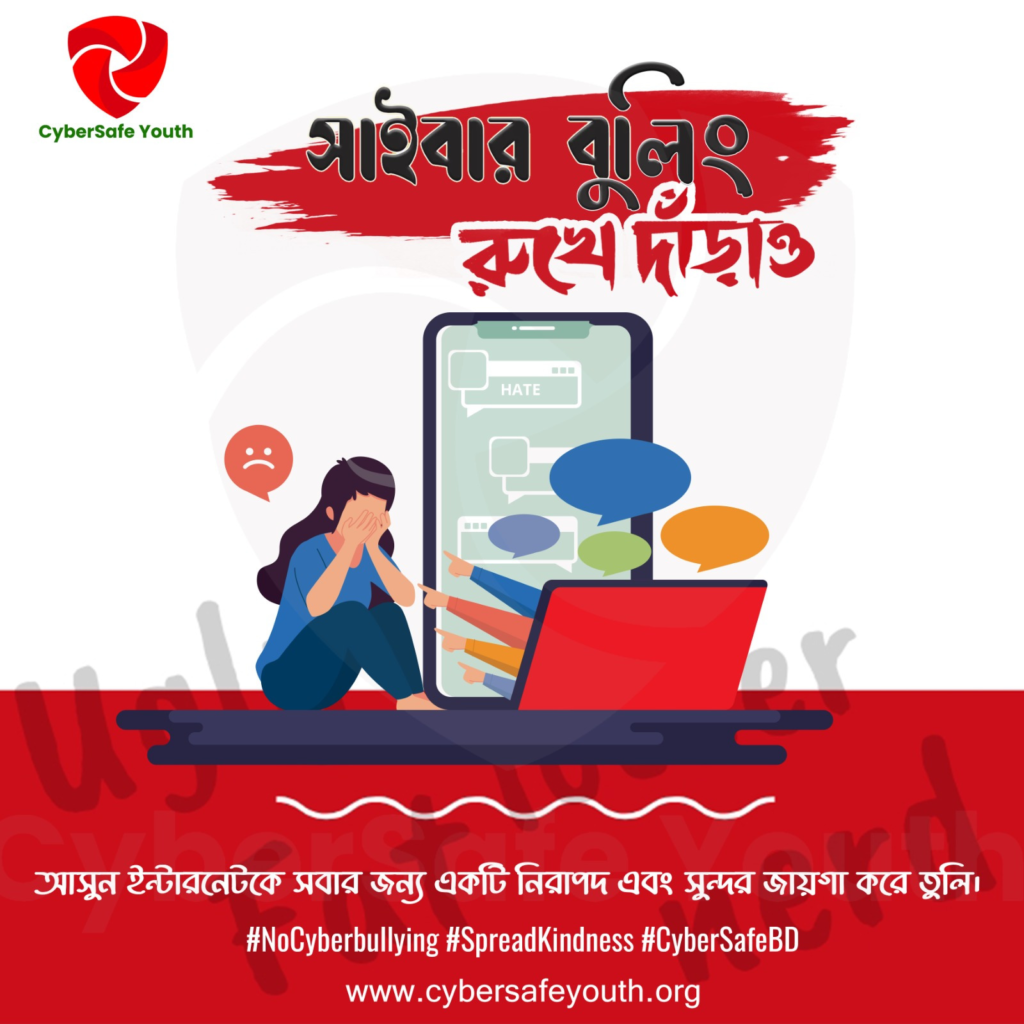Home >> Cyberbullying >> Cyberbullying Tactics
Follow
Understanding Cyberbullying Tactics
It’s essential to recognize and take action against cyberbullying, which happens online and can harm children emotionally. Some common cyberbullying tactics include:
- Mean, and hurtful comments or rumors posted online.
- Threats of harm or encouraging self-harm.
- Sharing mean or embarrassing pictures or videos.
- Pretending to be someone else to spread false information.
- Spreading hate based on race, religion, or personal traits.
- Creating hurtful webpages about someone.
- “Doxing,” where private information is exposed online.

Examples of Cyberbullying Tactics:
- Nude Photo Sharing: After a breakup, a boy shared an intimate photo of his ex-girlfriend, leading to hurtful messages from others.
- Lies and False Accusations: A group accused a girl of reporting them and harassed her through texts and social media.
- Economic Harassment: Students mocked a classmate’s clothes and sneakers, causing him embarrassment and school avoidance.
- Fake Identity Profile: A classmate created a fake account, gained personal information, and used it to bully a girl.
- Encouraging Self-Harm: A boy with disabilities faced harsh comments and death threats online and via text.
- Bullying Due to Sexual Orientation: A gay teenager received death threats and hateful messages.
- Jealousy Bullying: Girls harassed a classmate dating a popular boy, spreading hateful messages.
- Doxing Over Online Gaming: Disagreement in a gaming forum led to someone sharing personal information, resulting in threats.
Recognizing these tactics and taking positive actions can reduce the harmful impact of cyberbullying, which can have long-term mental health effects for all involved.
